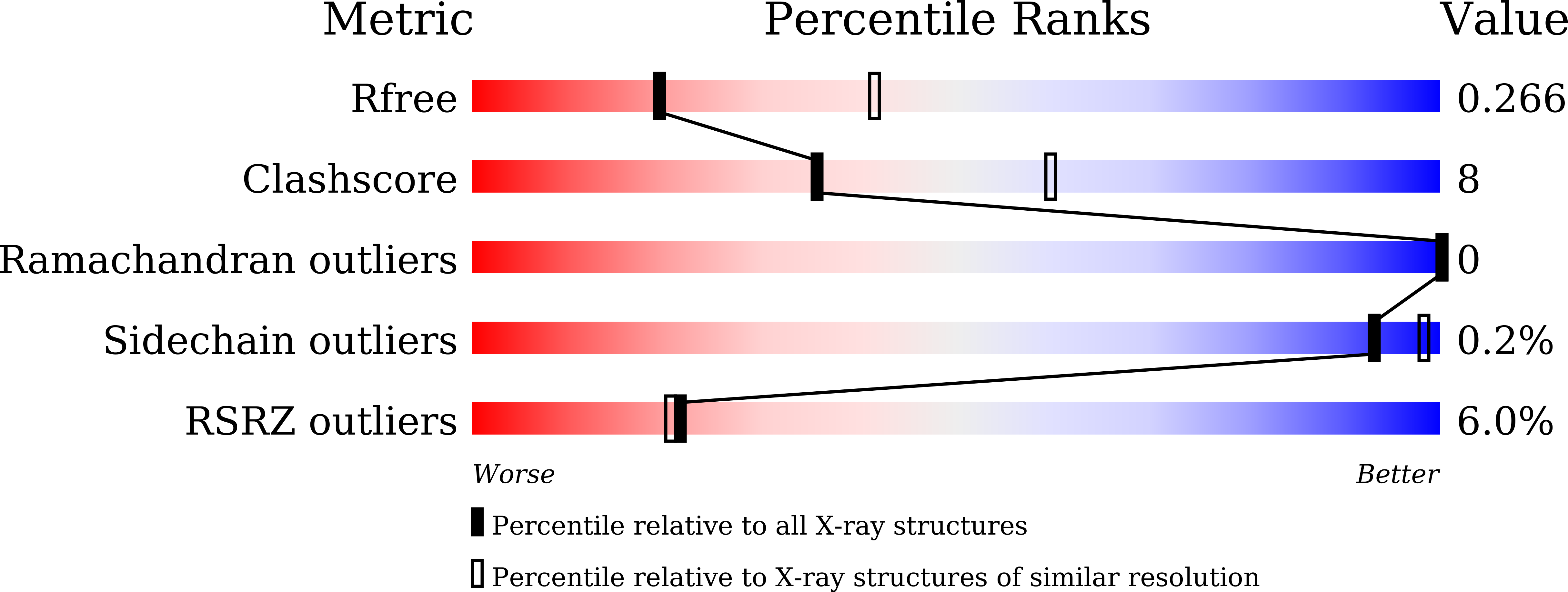
Deposition Date
2020-04-04
Release Date
2020-12-02
Last Version Date
2024-10-23
Entry Detail
PDB ID:
7BU6
Keywords:
Title:
Structure of human beta1 adrenergic receptor bound to norepinephrine and nanobody 6B9
Biological Source:
Source Organism:
Enterobacteria phage T4 (Taxon ID: 10665)
Homo sapiens (Taxon ID: 9606)
Camelidae mixed library (Taxon ID: 1579311)
Homo sapiens (Taxon ID: 9606)
Camelidae mixed library (Taxon ID: 1579311)
Host Organism:
Method Details:
Experimental Method:
Resolution:
2.70 Å
R-Value Free:
0.25
R-Value Work:
0.23
R-Value Observed:
0.23
Space Group:
C 1 2 1


